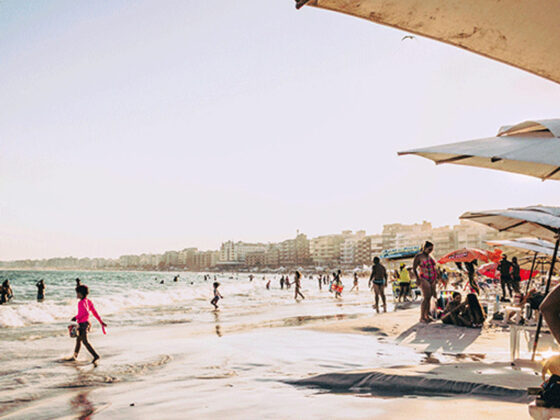
About a year ago, I shared the Hotel Brand Pyramid a chart I had picked up at a seminar. It turned out to be both old and incomplete, and the feedback came in fast: wrong brands, missing brands, and far too simplistic for today’s hotel landscape. Fair enough. So, together with the 10minutes.news team, we set out to make the definitive version: The Hotel Brands of the World infographic.
This was not an AI project. In fact, AI was spectacularly useless for this task. Every attempt produced glaring errors, invented brands, misfiled under the wrong holding companies, or simply shuffled into random categories. After a few rounds of testing, we realized the only way forward was the old-fashioned way: manual research, collecting logos one by one (this is super painful), and placing them into a coherent system. More than 100 hours later, we had something that didn’t just look like a logo salad but an actual map of the global hotel brand ecosystem.
Here are some of the discoveries that surprised me:
- Special hotels dominate. The largest number of brands isn’t in economy or “mainstream”, it’s the high end of the market. Luxury, Premium, Boutique and Upscale accounts for 66% of all hotel brands. Midscale and Economy only has 33%. So much for the “pyramid” metaphor. The market is actually top-heavy.
- Accor loves brands. With 44 brands, Accor takes the crown for most brand names (though not the largest group by size). Marriott follows with 35, Hyatt with 26.
- Independence still matter. Out of 378 brands, 69 are independent (single brand or small group), and in luxury they punch hardest: 25 of the 73 brands are not tied to a major group.
- Category quirks. Marriott dominates premium and extended stay, while Accor leads in economy. But it’s the independents who top the luxury field.
When you step back, the bigger picture is clear: hotel branding isn’t a tidy hierarchy but a massive series of brands, shaped as much by investor appetite as by consumer recognition. For the big brands the more the merrier, their main focus is to get you into their rewards program. So while the pyramid has a lot of meaning and hierarchy matters, it doesn’t work for the number of brands. I’d need to verify how it works in number of hotels or number of rooms.
My main takeaway here is that there is room for more brands and more stories. The problem is the brand isn’t really the right terminology. In the hotel industry they are much more transitory than in consumer goods. Consistency is so much harder with a global hotel brand.
If we missed any important brands, leave a comment with the name, the number of hotels, if independent or not and the category.





